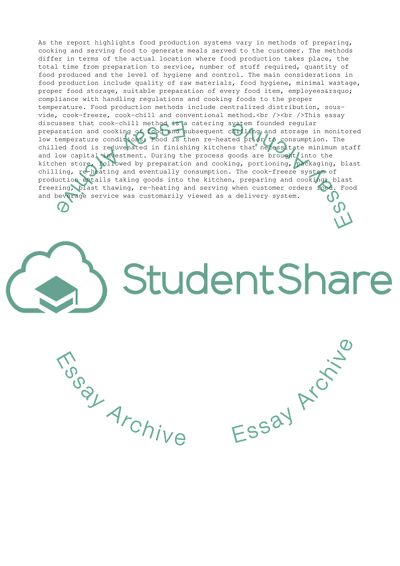Cite this document
(“Food and Beverage Operations Management Essay Example | Topics and Well Written Essays - 4500 words”, n.d.)
Retrieved from https://studentshare.org/management/1616122-unit-number-and-titlefood-and-beverage-operations-management
Retrieved from https://studentshare.org/management/1616122-unit-number-and-titlefood-and-beverage-operations-management
(Food and Beverage Operations Management Essay Example | Topics and Well Written Essays - 4500 Words)
https://studentshare.org/management/1616122-unit-number-and-titlefood-and-beverage-operations-management.
https://studentshare.org/management/1616122-unit-number-and-titlefood-and-beverage-operations-management.
“Food and Beverage Operations Management Essay Example | Topics and Well Written Essays - 4500 Words”, n.d. https://studentshare.org/management/1616122-unit-number-and-titlefood-and-beverage-operations-management.


